Sclerosis cysts
Sclerosis of the breast cyst
Breast problems are common in many women today. Patients aged 40-50 years are most at risk. Cysts occur in a quarter of cases among women with mastopathy.
Sclerosis of breast cysts is a modern and effective method of treatment to reduce the size of cysts in the breast, which can only be done by high-class specialists.
Why do breast cysts occur?
An important role in the development of breast cysts is played by elevated levels of female hormones (prolactin and estrogen), which are often observed in ovarian diseases or inflammatory processes in them. Under the influence of these factors, it is possible to increase the size of one or more ducts of the breast, the accumulation of secretions in them due to obstruction, and the formation of cysts. Clogging of the duct, among other things, can be triggered by a growing papilloma inside it.
If we talk about the root causes of hormonal disorders, then most often we are talking about the following:
- the strongest psycho-emotional stresses;
- excessive enthusiasm for tanning;
- too frequent overheating of the body;
- use of hormonal contraceptives;
- problematic functioning of the thyroid gland;
- the problem can be caused by a blow to the breast;
- postponed surgery on the breast.
How dangerous is a breast cyst?
A breast cyst is a capsule filled with liquid (non-inflammatory) that forms in the ducts of the breast. A benign neoplasm can appear in one gland (unilateral pathology) or both at once (bilateral). There are both single cells and multiple cells that spread throughout the body.
The tumor can be felt by a woman on palpation of the breast during a self-examination. It will have an oval, round or irregular shape. The size can reach five cm in difficult cases. The normal formation has flat walls, atypical - directed into the cavity of growth.
This disease is not life-threatening but can reduce its quality. It rarely regenerates into oncology, but its nodular forms can be a trigger for cancer.
What are the symptoms of a breast cyst?
A small tumor does not cause discomfort, complaints in patients appear only when it increases in size and can be felt with the hands. The symptoms are as follows:
- heaviness in the chest, burning;
- discharge of fluid from the nipples;
- headache, nervousness;
- lower abdominal discomfort;
- increased chest pain in the second phase of menstruation;
- change in the shape of the breast.
When the tumor becomes inflamed, the following complaints appear:
- severe pain at the location of the formation;
- local edema;
- redness of the skin at the source of the disease;
- general weakness, drowsiness, decreased ability to work;
- increase in body temperature.
What are the indications for sclerosis of the cyst?
- the appearance of seals in the mammary glands;
- signs of inflammation in the area of seals;
- the appearance of painful manifestations in the area of compaction;
- diagnosis of breast cysts.
What are the contraindications to the procedure?
- diagnosing polycystic glands;
- the presence of infected filling of the cyst;
- tumor structure disorders;
- the presence of intracystic formations;
- the rapid development of the disease after partial removal of the tumor;
- pregnancy - if urgent medical intervention is required, this item is not taken into account;
- diseases accompanied by high body temperature;
- the recent postponement of breast surgery.
How is the preparation for the procedure?
In preparation for the procedure, it is necessary to abandon the use of drugs that reduce blood clotting. Before the procedure, a comprehensive examination of the patient's condition is performed. The patient should inform on time of intolerance to certain types of medication. This will help avoid complications and allergic reactions. It is also necessary to stop the use of drugs before the procedure, as some medications can adversely affect the outcome of the procedure.
Conducting sclerosing of a breast cyst
Sclerotherapy is a minimally invasive and virtually non-traumatic procedure. The procedure is performed by a surgeon in the following sequence:
- Under ultrasound control, a thin needle is inserted into the cavity of the tumor.
- The available fluid is removed and sent for further cytological examination.
- Most often, ethyl alcohol (96%) or a special adhesive solution is used for the procedure. A special syringe with a needle diameter smaller than a standard needle is used.
- After 2-3 minutes, the composition is removed and the needle is pulled out. The puncture site is closed with a sterile patch.
- Proper procedure should not cause severe discomfort to the patient.
- After the procedure, a control ultrasound examination must be performed.
- After the procedure, the doctor prescribes therapy with medication, as well as repeated ultrasound examination in 7-10 days.
The course of sclerosis of a breast cyst is selected by our specialists individually taking into account the characteristics of a particular patient and the state of her health.
Periodic ultrasound is mandatory. And not only for the prevention of oncopathology but also for an objective assessment of the results of sclerosis of the breast cyst.
Sclerosis of cystic nodes of the thyroid gland.
The presence of a benign thyroid cyst is not considered an indication for surgery following international guidelines, so the alternative is sclerosis of cystic nodes.
Sclerosis of cysts and nodules is a minimally invasive, effective, and cosmetic way to reduce the volume of the nodule and cyst of the thyroid gland and eliminates the symptoms associated with their growth.
Before the procedure, it is necessary to obtain a cytological conclusion about the benignity of nodes and cysts of the thyroid gland.
How is the sclerosis of cysts and thyroid nodules performed?
- A puncture needle is inserted into the node or cyst under ultrasound control.
- With a large amount of liquid, it is removed.
- Then a solution of ethyl alcohol (96%) is injected into the node or cyst, which is removed after 5-6 minutes.
- After injection, the needle is removed, and a sterile bandage is applied to the puncture site for 2 hours.
- The frequency of ethanol administration depends on the structure of the node and the tendency to decrease.
- Usually for solid and cystic-solid nodes once a week for 3 - 8 weeks, for mostly cystic nodes - 2 times a month for 2 - 8 months.
The timing and frequency of the procedure are determined by our specialists individually, depending on each case.
At the end of the course, control studies are performed in 3, 6, 12, 18, 24 months. If necessary, it is possible to repeat the course of sclerotherapy.
Sclerosis of kidney cysts
In renal cysts, as well as in polycystosis, the method of choice is percutaneous puncture of cysts under ultrasound control, followed by sclerosis. This method belongs to minimally invasive interventions, its main advantages are safety, reliability, efficiency, and speed of execution.
The essence of the technique is to remove the contents of the cyst, as well as to prevent a recurrence.
What are the indications for the procedure?
- the presence of simple single-chamber cysts, the diameter of which exceeds 5 cm, homogeneous structure and with clear contours;
- low back pain (caused by the size of the cyst);
- compression of the urinary tract, which leads to impaired urine outflow.
How is the procedure performed?
No special preoperative preparation is required. The procedure is performed under local anesthesia, the patient's position is usually selected during a preliminary ultrasound examination. After aspiration of the contents of the cyst, sclerosing is performed, for which ethyl alcohol (96%) is usually used. After 5-20 minutes, the alcohol is removed from the cavity.
The contents of the cyst must be sent for cytological examination.
The patient can leave the clinic in 2-3 days after the procedure. An ultrasound test is scheduled after 2 weeks. In that case, if fluid accumulation is detected, the patient remains under outpatient supervision. In the absence of effect, re-puncture may be recommended after 6 months.
Bibliography
- Graf O. et al. Follow-up of palpable circumscribed noncalcièed solid breast masses at mammography and US: can biopsy be averted? //Radiology. – 2004. – Т. 233. – №. 3. – С. 850-856.
- Bevers T. B. et al. Breast cancer screening and diagnosis, version 3.2018, NCCN clinical practice guidelines in oncology //Journal of the National Comprehensive Cancer Network. – 2018. – Т. 16. – №. 11. – С. 1362-1389
- Mazo M.L., Jacobs O.E., Puchkova O.S., Feldsherov M.V., Kondratyev E.V. First experience with MRI-guided vacuum aspirated breast biopsy. Medical alphabet. 2020;(29):25-31.
Our advantages
Choose the nearest clinic
ISO certificates
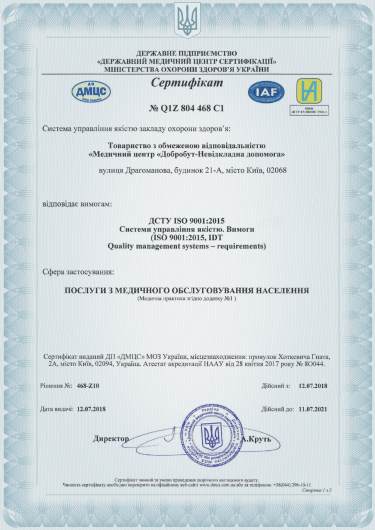
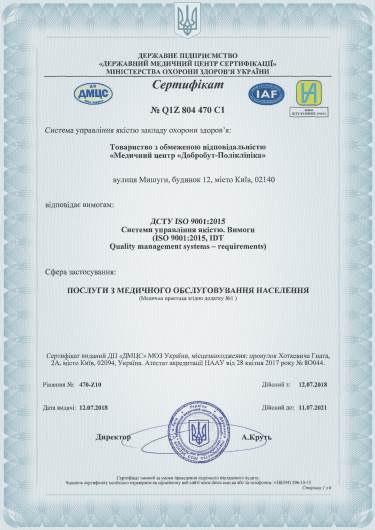
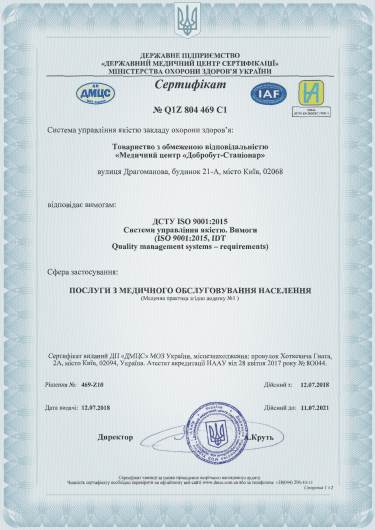
Accreditation certificates
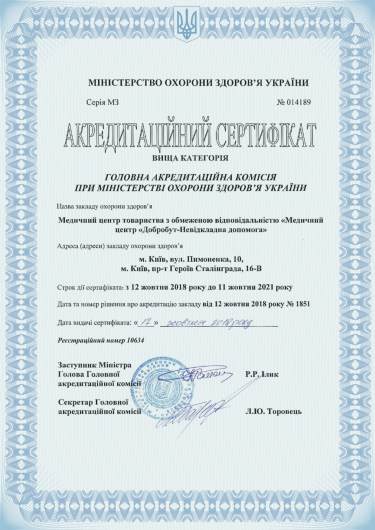
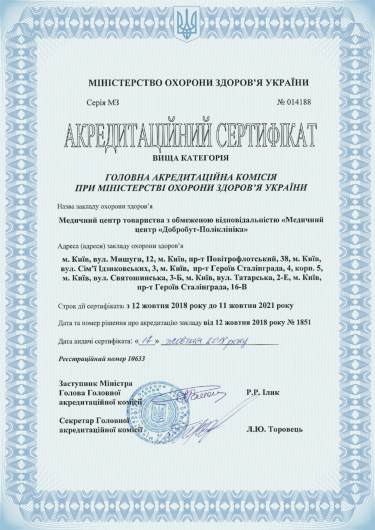

Licenses of medical practice
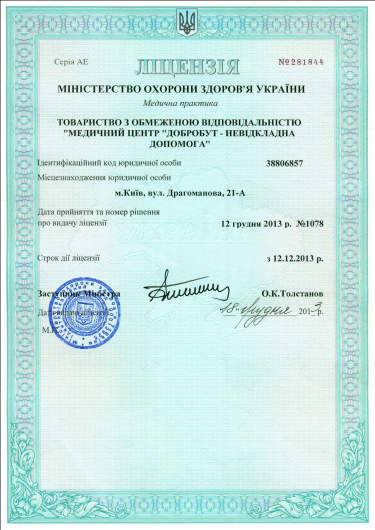
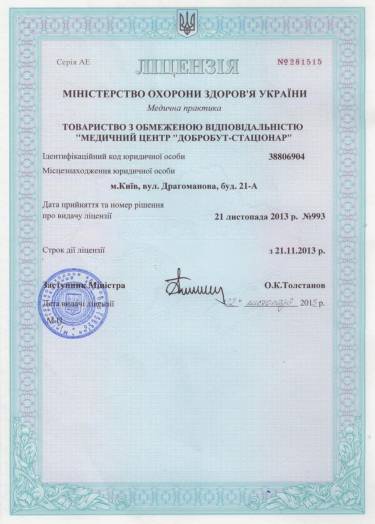







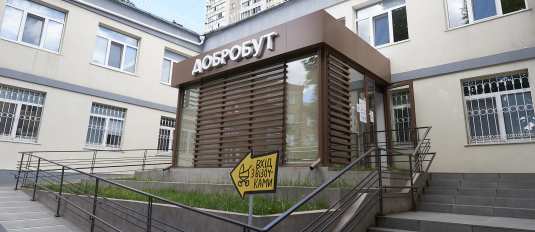






%402x.png)
%402x.png)
